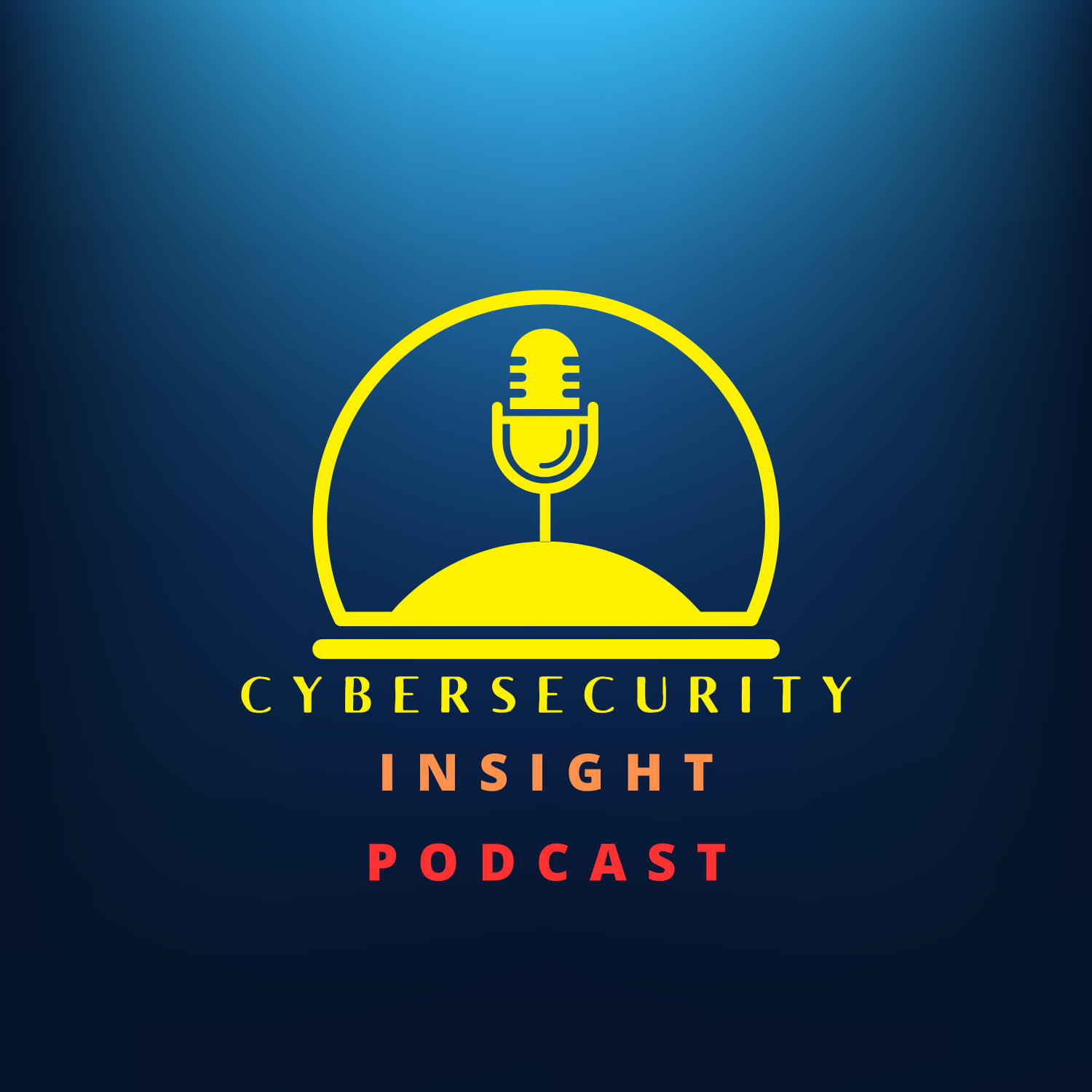Why is good cyber hygiene so difficult to achieve? Episode 2

In today's digital landscape, maintaining good cyber hygiene is crucial for organizations to protect sensitive data and ensure operational integrity. However, achieving effective cyber hygiene poses significant challenges. Here are some of the key factors that contribute to these difficulties:
Complexity of IT Environments
The sheer volume and diversity of devices, users, and assets in modern organizations complicate the maintenance of cyber hygiene. Many companies operate across hybrid and multi-cloud environments, making it difficult to gain comprehensive visibility into all assets. This lack of visibility can lead to unmanaged devices and security blind spots, which are ripe for exploitation by cybercriminals.
Human Factors
Despite having advanced security measures in place, human error remains a major vulnerability. Employees may fall victim to phishing attacks or inadvertently bypass security protocols due to a lack of training or awareness. Cultivating a culture of cybersecurity mindfulness across all levels of an organization is essential, yet challenging, as it requires ongoing education and engagement.
Resource Limitations
Organizations often struggle with limited resources—both in terms of personnel and budget—which can hinder their ability to implement and maintain robust cyber hygiene practices. Prioritizing vulnerabilities becomes critical when resources are stretched thin; however, without a clear understanding of security solution coverage and asset visibility, this prioritization can be ineffective.
Cyber hygiene is not a one-time task but an ongoing process that requires consistent effort. The repetitive nature of tasks such as software updates, password management, and user training can lead to complacency among employees and IT teams alike. This monotony can result in lapses in adherence to established protocols, increasing the risk of security incidents.
Evolving Threat Landscape
The rapid evolution of cyber threats means that what is secure today may not be tomorrow. Organizations must continuously update their systems and protocols to defend against new vulnerabilities. This dynamic environment requires significant investments in time, money, and expertise, which can be daunting for many organizations.
In conclusion, while good cyber hygiene is essential for mitigating risks associated with cyber threats, its achievement is fraught with challenges stemming from complexity, human factors, resource limitations, monotony, and an ever-evolving threat landscape. Addressing these challenges requires a concerted effort from all stakeholders within an organization to foster a proactive cybersecurity culture.
New to Cybersecurity Insights Hub?
Here are some great episodes to start with.

